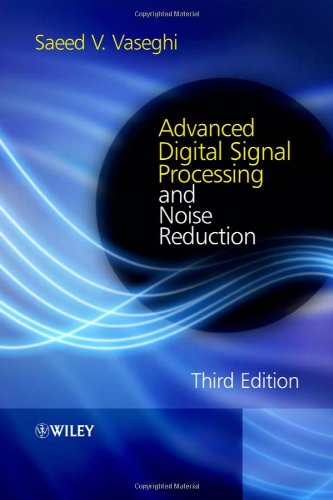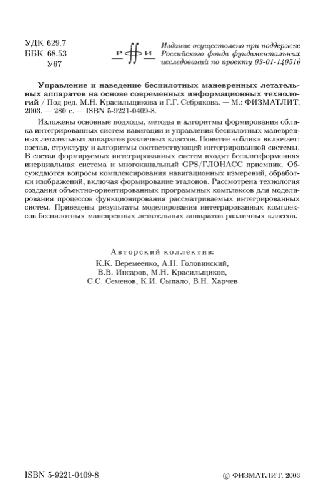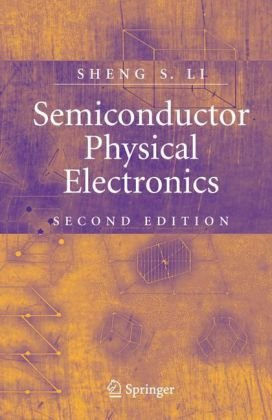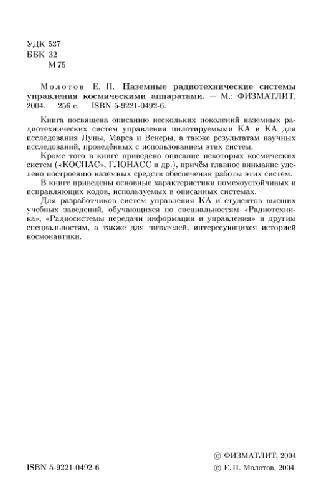Saeed V. Vaseghi9780470094945, 0-470-09494-X
Table of contents :
Advanced.Digital.Signal.Processing.and.Noise.Reduction.3rd……Page 1
Contents……Page 8
Preface……Page 18
Symbols……Page 22
Abbreviations……Page 26
1.1 SIGNALS AND INFORMATION……Page 28
1.2 SIGNAL PROCESSING METHODS……Page 30
1.3 APPLICATIONS OF DIGITAL SIGNAL PROCESSING……Page 32
1.4 SAMPLING AND ANALOGUE-TO-DIGITAL CONVERSION……Page 44
BIBLIOGRAPHY……Page 48
Noise and Distortion……Page 50
2.1 INTRODUCTION……Page 51
2.2 WHITE NOISE……Page 52
2.3 COLOURED NOISE……Page 53
2.4 IMPULSIVE NOISE……Page 54
2.5 TRANSIENT NOISE PULSES……Page 56
2.6 THERMAL NOISE……Page 57
2.8 ELECTROMAGNETIC NOISE……Page 58
2.9 CHANNEL DISTORTIONS……Page 59
2.11 MODELLING NOISE……Page 60
BIBLIOGRAPHY……Page 64
Probability and Information Models……Page 66
3.1 INTRODUCTION……Page 67
3.2 RANDOM SIGNALS……Page 68
3.3 PROBABILITY MODELS……Page 71
3.4 INFORMATION MODELS……Page 77
3.5 STATIONARY AND NONSTATIONARY RANDOM PROCESSES……Page 86
3.6 STATISTICS (EXPECTED VALUES) OF A RANDOM PROCESS……Page 89
3.7 SOME USEFUL CLASSES OF RANDOM PROCESSES……Page 100
3.8 TRANSFORMATION OF A RANDOM PROCESS……Page 110
BIBLIOGRAPHY……Page 117
Bayesian Inference……Page 120
4.1 BAYESIAN ESTIMATION THEORY: BASIC DEFINITIONS……Page 121
4.2 BAYESIAN ESTIMATION……Page 129
4.3 THE ESTIMATE–MAXIMISE METHOD……Page 143
4.4 CRAMER–RAO BOUND ON THE MINIMUM ESTIMATOR VARIANCE……Page 146
4.5 DESIGN OF GAUSSIAN MIXTURE MODELS……Page 148
4.6 BAYESIAN CLASSIFICATION……Page 151
4.7 MODELLING THE SPACE OF A RANDOM PROCESS……Page 159
4.8 SUMMARY……Page 161
BIBLIOGRAPHY……Page 162
Hidden Markov Models……Page 164
5.1 STATISTICAL MODELS FOR NONSTATIONARY PROCESSES……Page 165
5.2 HIDDEN MARKOV MODELS……Page 166
5.3 TRAINING HIDDEN MARKOV MODELS……Page 172
5.4 DECODING OF SIGNALS USING HIDDEN MARKOV MODELS……Page 179







Reviews
There are no reviews yet.